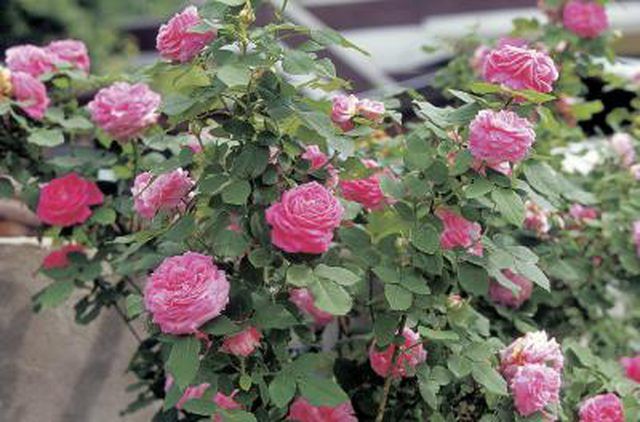Bulbs
Flower Basics
Flower Beds & Specialty Gardens
Flower Garden
Garden Furniture
Garden Gnomes
Garden Seeds
Garden Sheds
Garden Statues
Garden Tools & Supplies
Gardening Basics
Green & Organic
Groundcovers & Vines
Growing Annuals
Growing Basil
Growing Beans
Growing Berries
Growing Blueberries
Growing Cactus
Growing Corn
Growing Cotton
Growing Edibles
Growing Flowers
Growing Garlic
Growing Grapes
Growing Grass
Growing Herbs
Growing Jasmine
Growing Mint
Growing Mushrooms
Orchids
Growing Peanuts
Growing Perennials
Growing Plants
Growing Rosemary
Growing Roses
Growing Strawberries
Growing Sunflowers
Growing Thyme
Growing Tomatoes
Growing Tulips
Growing Vegetables
Herb Basics
Herb Garden
Indoor Growing
Landscaping Basics
Landscaping Patios
Landscaping Plants
Landscaping Shrubs
Landscaping Trees
Landscaping Walks & Pathways
Lawn Basics
Lawn Maintenance
Lawn Mowers
Lawn Ornaments
Lawn Planting
Lawn Tools
Outdoor Growing
Overall Landscape Planning
Pests, Weeds & Problems
Plant Basics
Rock Garden
Rose Garden
Shrubs
Soil
Specialty Gardens
Trees
Vegetable Garden
Yard Maintenance
Why Leaves on a Rose Bush Turn Yellow
Why Leaves on a Rose Bush Turn Yellow. Roses are a favorite flower in America, gracing gardens across the country. When leaves start turning yellow, though, gardeners must diagnose and respond quickly if they want to keep their beauties blooming. Yellowing leaves can be a symptom of several maladies.
Roses are a favorite flower in America, gracing gardens across the country. When leaves start turning yellow, though, gardeners must diagnose and respond quickly if they want to keep their beauties blooming. Yellowing leaves can be a symptom of several maladies.
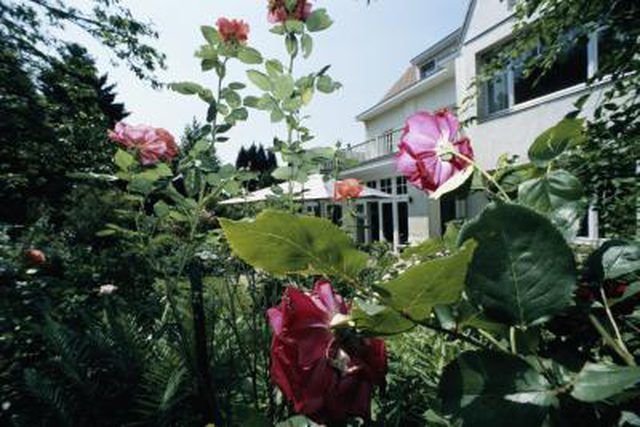
Roses like a slightly acidic soil with a pH near 6.7 and require nutrients to grow and produce well. A soil that is too alkaline or deficient in iron may cause general yellowing. Soil with excess phosphorus or potassium may need nitrogen to "green up" leaves.
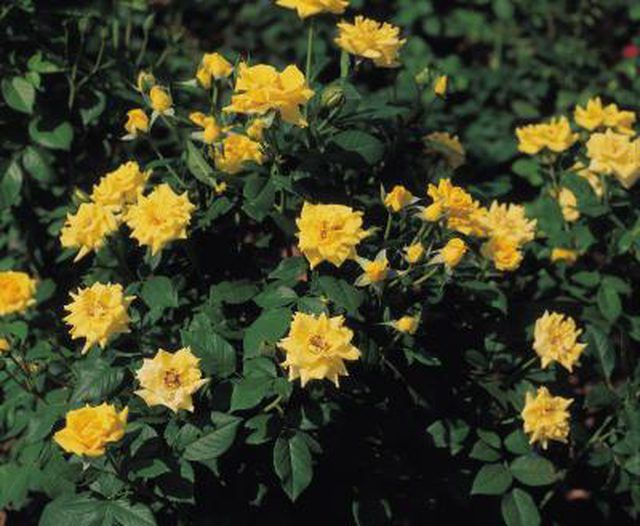
Crowding can deny leaves the sunlight and air they crave, and they might start to yellow. Over-watering and too much fertilizer can also damage leaves, turning them yellow.

Pre-emergent herbicides used on lawns in the spring can damage roots of nearby plants, such as rose bushes, causing the leaves to turn yellow, and glyphosate spray, a common summer broad-leaf weed killer, may cause yellowing from the point of contact.
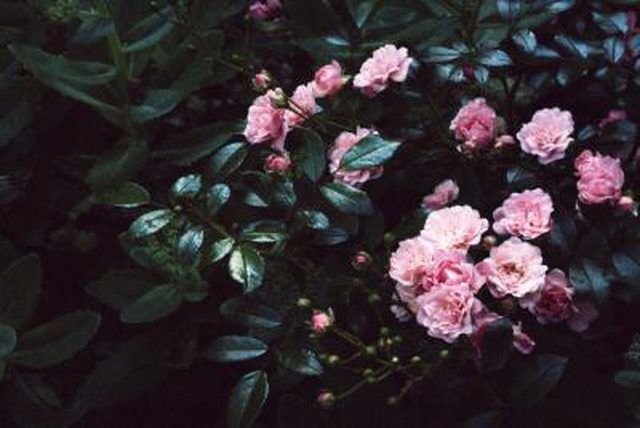
Aphids, spider mites, rose scales and leaf hoppers can cause yellow spots and patches on leaves. Use pesticides formulated for the particular insect infecting your roses.
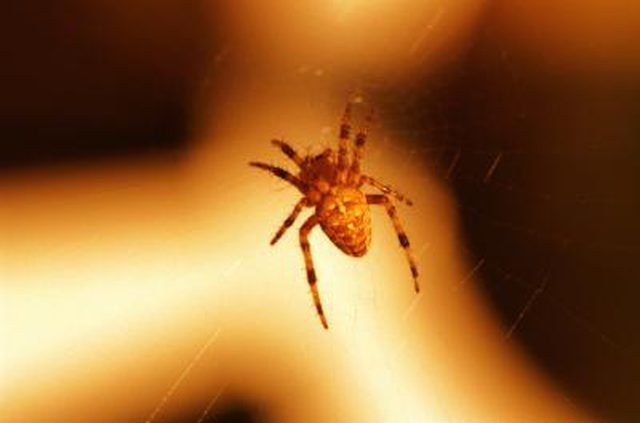
Fungi are transmitted by rain, wind, insects and gardening tools. Black spot is surrounded by a yellow "halo" and rust makes yellow patches with orange or black spores on the underside of the leaf. Prune the affected parts out of your rose bush.
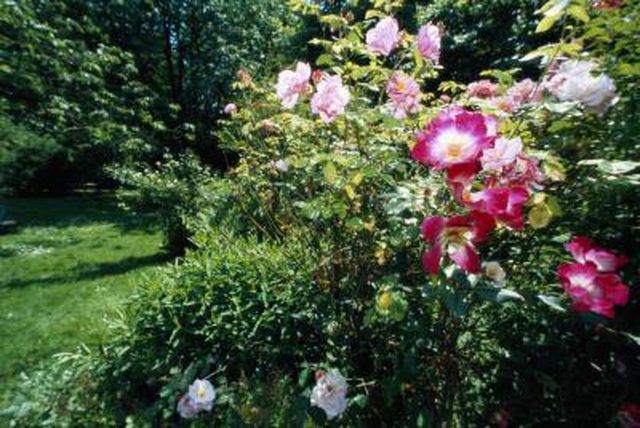
Mosaic virus is a disease transmitted from a parent plant or by insects. It starts with yellow streaks on leaves.
